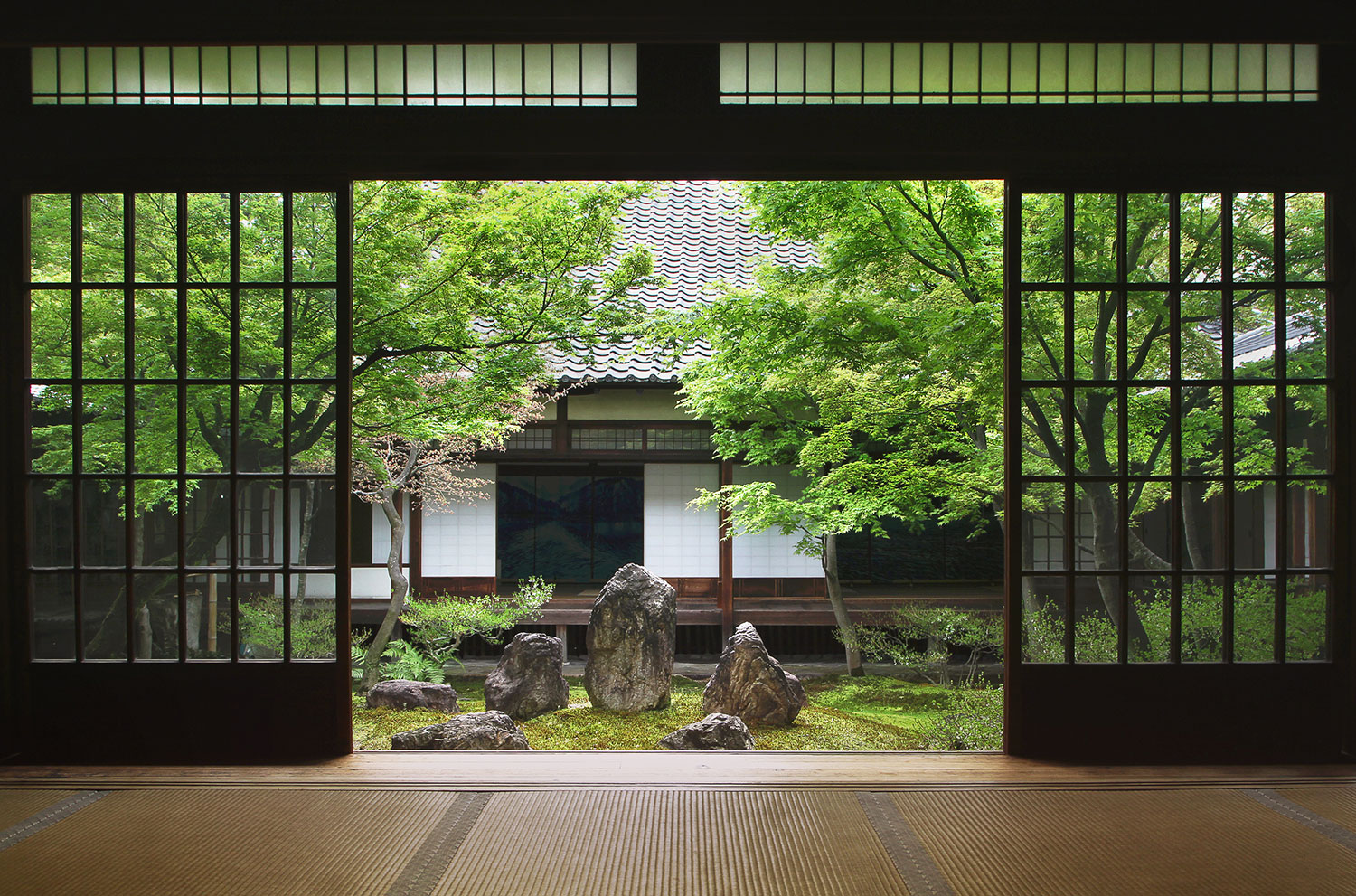

HOW CAN WE DECORATE OUR INTERIOR IN JAPANESE STYLE?
Japanese-style flat
There is not place for randomness in the Japanese culture. All its elements interpenetrate and form a coherent whole. The same rule applies to Japanese interior design, which reflects the minimalistic, harmonious nature of the Japanese, and features unique symmetry, consistency and balance. The authentic Japanese aesthetics is said to stem from the characteristic simplicity which distinguished reading and meditation rooms furnished by Buddhist monks. Their quite ascetic thriftiness became the source of inspiration for traditional Japanese house. Although the flats of the contemporary Japanese are influenced by global trends, old traditions still inspire Westerners fascinated with the Orient.
Zen style – simplicity and harmony
The references to the already mentioned Buddhist Zen philosophy constitute the basis for the arrangement of Japanese interiors. It is where the simplicity, harmony and passion for nature emerge from – the features visible in traditional Japanese homes. Buddhism is also the foundation for the ability to manage the space – the skill that the Japanese have mastered to perfection. The appropriate arrangement of space and household appliances determines, in their opinion, the proper flow of air, light and energy. According to feng shui rules, the energy directly influences the human life – also outside their homes. The Japanese were forced to learn how to frugally use the space also because of the specific housing and high density of buildings, which is typical for Japanese cities.
Japanese style in your flat – colour scheme
The modesty and naturalness of Japanese interiors is expressed in, among others, the colour scheme. In most of the Japanese houses the colours of soil are the predominant ones. The monochromatic design is sometimes broken by stronger accents of fire colours – red, yellow or orange. In modest arrangements the contrasts may appear as well – these are usually the combinations of black and white or red. However, all elements must remain coherent, balanced and symmetrical.
Japanese-style furniture – pure minimalism
In order not to disrupt excessively the natural feng shui, the Japanese limit the number of household furniture and appliances to minimum. Their height is also minimal – typical Japanese furniture is placed low over the floor, which is best exemplified by the characteristic benches where traditional tea brewing ceremonies are held. Instead of beds in the Japanese houses one can find woollen or cotton futon mattresses, which are folded during the days so as not to occupy the usable space. Yet, if you cannot imagine your flat without a comfortable bed and a large table, but at the same time you would like to maintain the Asian climate in your interior, opt for natural materials, such as wood or bamboo, simple forms and subdued colours. Add low shelves and a chest of drawers to your classical furniture and choose a low coffee table.
Japanese decorations
The simplicity beloved by the Japanese excludes the use of an excessive number of ornaments and useless decorations. In a Japanese house each object has its usable function, that is why one can rarely encounter there decorative elements that are a typical feature of European homes. If there are any, these are usually traditional calligraphy, ink painted suibokuga graphics or ceramic vases. The only exception to the rule is the decorations associated with religious festivals, which often surprise with a diversity of colours and materials.
Nature in Japanese interiors
More often than not, plant elements also play a decorative role in Japanese flats. The green colour, introduced to homes, is the symbol of the closeness to nature and the respect for natural beauty. Even here, however, the Japanese maintain their moderation by choosing simple palm leaves, slender bamboos or orchids. If you are keen on taking care of plants, you can also try and create your own bonsai tree or subtle ikebana arrangement.
Light is another natural element of the Japanese interior design. That is why one can never see heavy curtains or blinds in wide Japanese windows. If it is necessary to cover them, the Japanese opt for light bamboo shades, which allow gently damped light. After the nightfall, the residents of the Cherry Blossom Land lighten their homes with lanterns and candles. Instead of immense chandeliers they use small light sources, which they place in different parts of the room.
Typical Japanese interior design
The flow of light in Japanese flats is also influenced by distinctive sliding doors. Traditional fusuma doors were made of wood and thin, light-permeable washi paper. Its surface sometimes bore subtle paintings, which constituted an additional decoration of the interior. However, the basic function the fusuma doors were to fulfil was to separate the flat zones, the purpose of which could change depending on the time of a day of the needs of householders. This was particularly important in small flats, where rooms often fulfilled several functions at once. Nowadays, Japanese paper is often replaced with practical glass panels, which are also available on the Polish market.
If you dream about a Japanese-style flat, obviously you do not need to stick to traditional island standards – even the Japanese themselves don’t do it now. Get inspired by the solutions that have proven themselves over the centuries and choose – with Japanese moderation – those that work best for your home.














